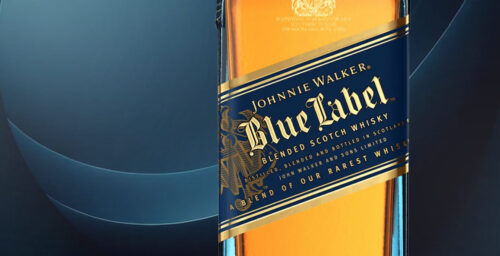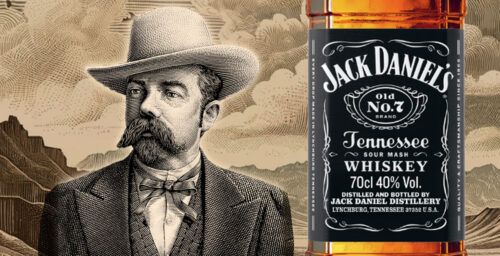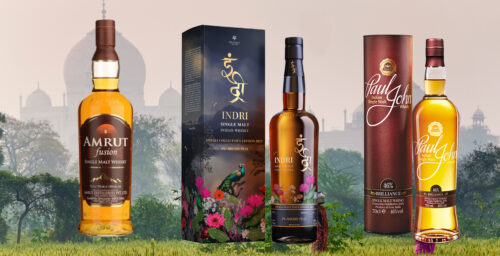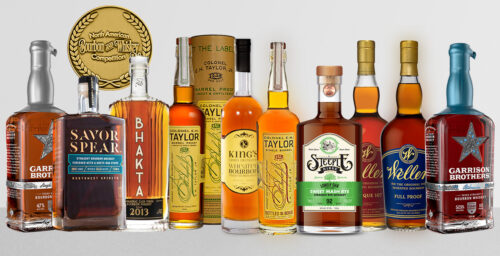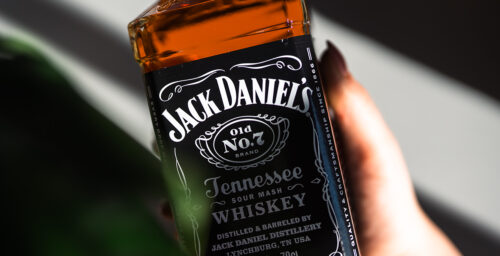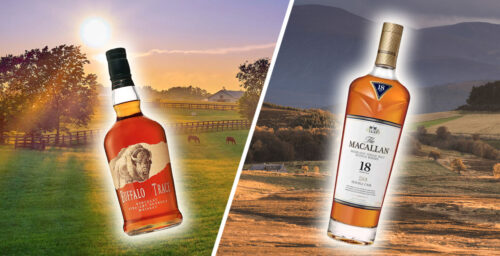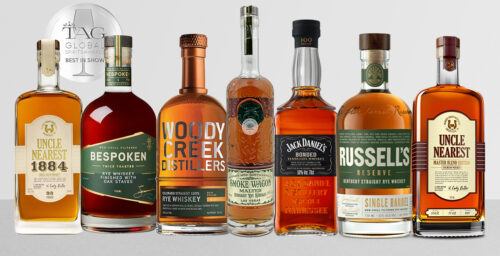You could say when it comes to whisky, Manitoba steps up to the plate swinging. After all, the prairie province birthed and raised one of the biggest sleeper hit whiskies of the recent past. Not to mention the province is home to the Crown Royal distillery; a behemoth of a facility that produces upwards of 53,000 gallons of whisky a day and houses more barrels than there are people in Manitoba.
Gimli, Manitoba is an odd place for a whisky mecca. The town is a long, long way to anywhere: 15 hours by car to Calgary, 21 hours to Toronto and 26 hours to Montreal.
The northern town began as a settlement, set up by Icelandic immigrants who set up camps on the frigid banks of Lake Winnipeg in the 18th century. They called their patch of New Iceland Gimli; ‘a safe haven from hellfire’ in Icelandic tongue.
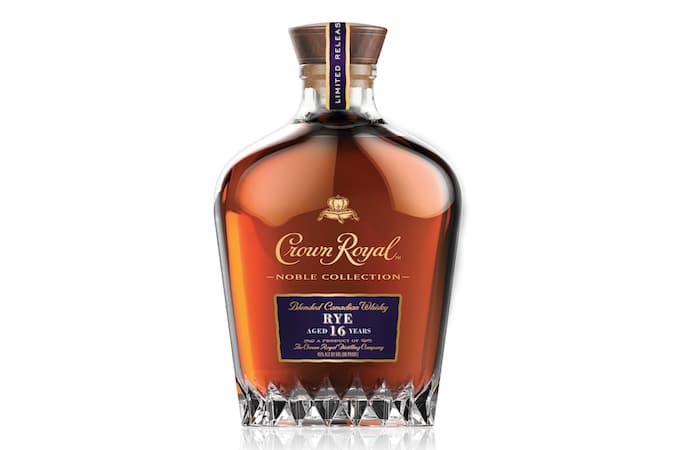
Where these immigrants planted their flag turned out to be a place with unrivaled potential for making whisky. Lake Winnipeg is the size of a small sea, with icy-cold, clearwater. Deep under the shores is an aquifer: a source for whisky-perfect water packed with magnesium and calcium chloride. The town is surrounded by fields of corn and rye.
The province’s distilling scene was entirely homebrewing until 1968 when the Gimli distillery opened its doors. Now, five different whiskies are produced at Gimli: continuous distilled corn whisky, batch base corn whisky, corn-based bourbon (grains for this are sourced from the states), rye flavoring, and a rye batch whisky. Crown Royal’s Master Blender Joanna Scandella describes Gimli’s liquids: “The whiskies produced at our Crown Royal Distillery boast beautiful mature notes of vanilla, oak, creamy caramel, brown sugar, along with notes of spice and fruit making for a sumptuous mouthfeel and texture.”
These five distillates are separated into fifty different bottlings and blends. (Remember that Canadian whisky’s distinct difference between its American counterparts is the final liquid is the result of blending individual grain whiskies. In the US, the usual practice is to have a mash bill of different grains.)
Hallmarks of the distillery include open-air fermentation and the use of pure strains of live yeast grown at the distillery. New spirits are aged in barrels that make their way up from Kentucky, or ex-Cognac barrels hauled over from France.
Crown Royal’s stalwart bottlings need little introduction; the purple bagged bottle favored by my grandfather and his before that. But it’s not the one I reach for. “Just like Beam, Jack, Johnnie, and any other massive brand, Crown Royal’s classic bottle can be overlooked.” explains Jake Barnett, Co-Founder of Old Fashioned Beverage & Hospitality. “Just like those other brands, however, you’re looking at really large portfolios with opportunity for experimentation with mash bills, barrel finishes, blends, and more, and often that can lead to some really neat gems – and without those flagship bottles that innovation isn’t possible.”
Crown Royal’s limited releases are where the brand shines. Like Crown Royal’s Noble Collection. Launched in 2016, the collection lets blenders run wild with experimentation, designed to highlight the techniques and styles of the brand’s master blenders. The collection recently launched a Rye Whisky Aged 16 Years; an excellent rye made with a rare stock of 90% rye mash, aged in charred American white oak barrels for 16 years.
Whisky purists will still prickle at Northern Harvest’s upset of the 2016 award circuit; a ‘watershed moment for the Canadian whisky scene, particularly considering the bottling sat at under $40. “The Northern Harvest Rye hits the notes you’re looking for in a great rye-forward whisky: baking spice, vanilla, butterscotch,” says Barnett. “It’s also bottled at 90 proof – bit more heat than a lot of Canadian whiskies but still retains a clean finish.”
There’s also the Blender’s Mash; Canadian whisky with an American identity made with 64% corn, 32% rye, and 4% malted barley; vanilla, warm caramel, and sweetness from the corn. It’s not as elegant sipper as iterations from the Noble Collection, but for low-effort cocktails, it’s a delightful bottle to play around with.
Also in the bourbon vein, Barnett enjoys Crown Royal black. “It’s bourbon-ized Crown Royal: the same blend finished in charred oak and bottled at 90 proof. While I find classic Crown a bit thin, Black is a pleasant neat or rocks drinker, and to me, the quintessential Whisky and Coke.”
While Crown reigns supreme in Manitoba, new distillers are slowly starting to take back the farm. Capital K (launched in 2016) has just released white and oaked ryes, with more resting patiently. Patent 5 is excitedly ramping up production in downtown Winnipeg. “Manitoba is becoming more alive with innovative and passionate brewers, distillers, and winemakers – many of whom we are proud to call our friends and neighbors,” explains Stephen Wilson, the Director of Whisky Engagement for Crown Royal.
While the province is relatively one-note in it’s whisky production, I’ll be sitting, patiently waiting for Manitoba’s whisky moment.

